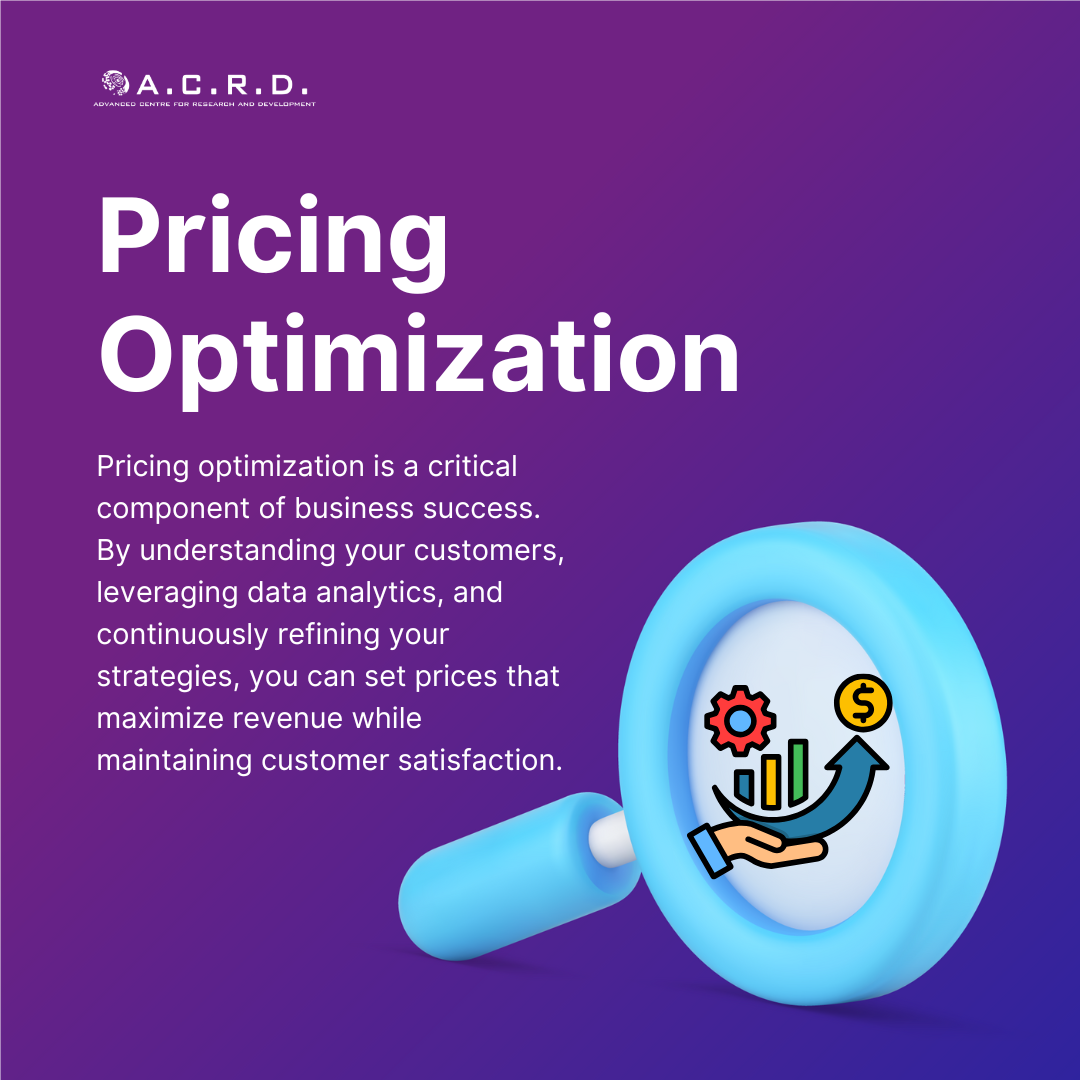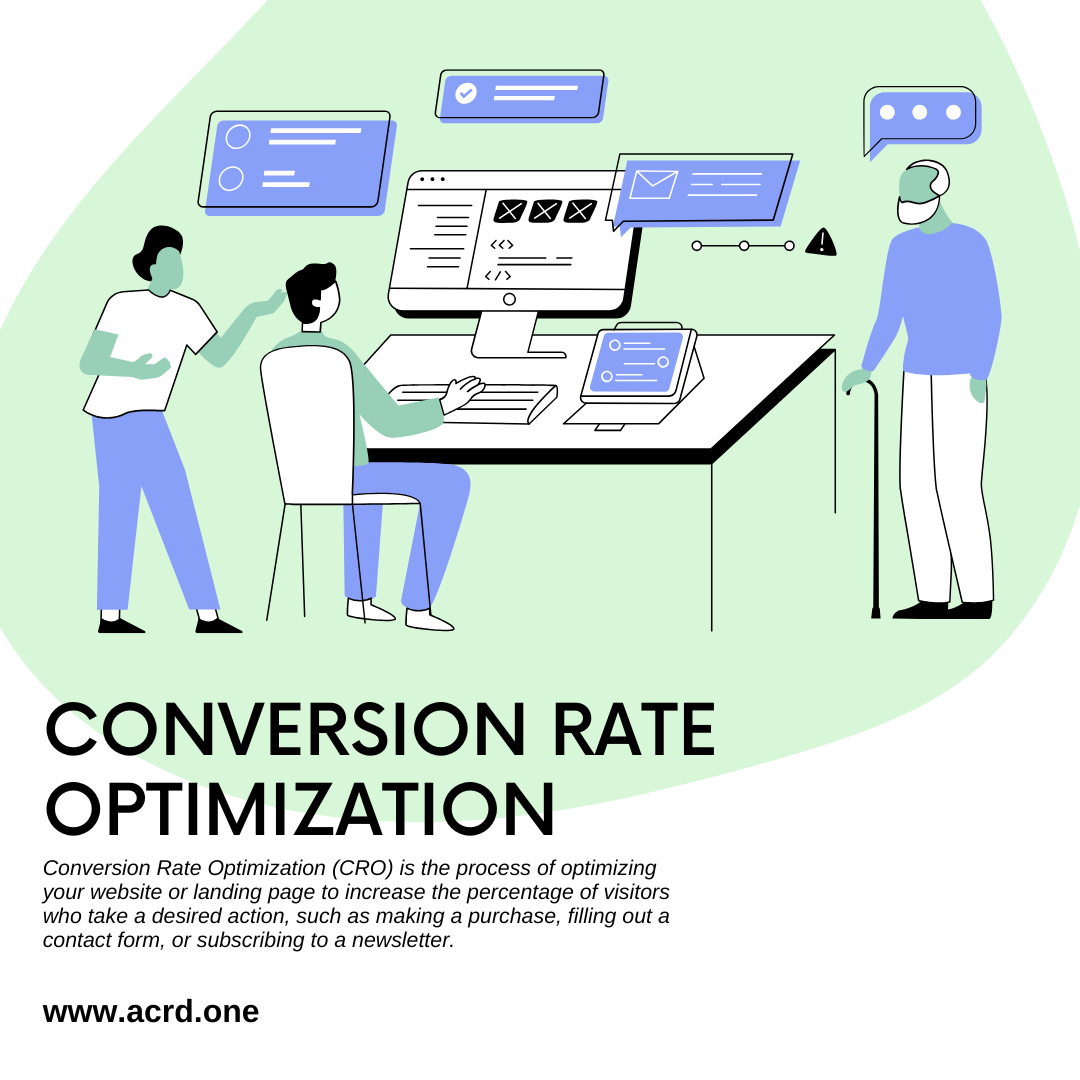Setting the right price is both an art and a science. Pricing optimization involves analyzing market trends, customer behavior, and business goals to determine the ideal price for your products or services. For businesses in Mangalore and Bangalore, an optimized pricing strategy can make the difference between thriving and merely surviving in competitive markets.
This article delves into the importance of pricing optimization, actionable strategies to implement it effectively, and tips to maximize profitability while maintaining customer satisfaction.
What is Pricing Optimization?
Pricing optimization is the process of determining the best price for a product or service based on various factors such as:
- Market Demand: Understanding how much customers are willing to pay.
- Competitor Pricing: Evaluating prices set by competitors in the market.
- Customer Value Perception: Assessing how customers perceive the value of your offerings.
- Cost Analysis: Ensuring prices cover costs and achieve desired profit margins.
Technical Tip: Use pricing analytics tools like PROS or Pricefx to gain insights into customer preferences and market conditions.
Importance of Pricing Optimization for Businesses in Mangalore and Bangalore
Optimizing your pricing strategy offers several benefits:
- Improved Profit Margins: Ensure prices are set to maximize revenue without alienating customers.
- Customer Loyalty: Fair and transparent pricing builds trust and encourages repeat business.
- Competitive Advantage: Strategic pricing helps your business stand out in crowded markets.
- Adaptability: Pricing optimization allows you to respond quickly to market changes.
Technical Tip: Conduct a competitive pricing analysis using tools like Competera to monitor local competitors’ prices in Mangalore and Bangalore.
Effective Pricing Optimization Strategies
A. Understand Your Target Audience
Segment your audience based on demographics, preferences, and purchasing behavior. Tailor your pricing strategies to meet the needs of different customer groups.
Actionable Idea: Offer tiered pricing plans (e.g., basic, premium) to cater to diverse customer budgets.
Use Dynamic Pricing
Dynamic pricing adjusts prices in real time based on factors like demand, competition, and inventory levels. This approach works well for industries like retail, hospitality, and e-commerce.
Technical Tip: Implement dynamic pricing tools like Revionics to optimize prices in fluctuating markets.
Offer Discounts Strategically
Discounts and promotional offers can drive sales, but they should be used strategically. Ensure that the perceived value of the discount outweighs the potential revenue loss.
Actionable Idea: Run time-sensitive promotions during local festivals like Diwali or Dasara to attract more customers in Mangalore and Bangalore.
Test Pricing Models
Experiment with different pricing models to find what works best for your business. Options include:
- Cost-Plus Pricing: Adding a fixed percentage to the production cost.
- Value-Based Pricing: Setting prices based on perceived customer value.
- Penetration Pricing: Offering lower prices initially to gain market share.
Technical Tip: Use A/B testing to evaluate the performance of different pricing strategies.
Communicate Value Clearly
Customers are more likely to accept higher prices if they understand the value behind them. Highlight the unique benefits of your offerings in your marketing campaigns.
Actionable Idea: Use testimonials or case studies to showcase how your product or service delivers value.
Metrics to Track for Pricing Optimization Success
To ensure your pricing strategy is effective, track the following metrics:
- Profit Margin: The percentage of revenue left after deducting costs.
- Price Elasticity: How sensitive customers are to price changes.
- Revenue Per Customer: Average revenue generated per customer.
- Churn Rate: Percentage of customers lost due to pricing dissatisfaction.
- Market Share: Your position relative to competitors in Mangalore and Bangalore.
Technical Tip: Use data visualization tools like Tableau or Power BI to track and analyze pricing metrics.
Adapting Pricing for Mangalore and Bangalore Markets
When optimizing pricing for these regions, consider:
- Local Economic Factors: Analyze purchasing power and spending habits in each city.
- Cultural Preferences: Tailor pricing models to regional norms and preferences.
- Seasonal Trends: Adjust prices based on demand fluctuations during festivals or tourist seasons.
Actionable Idea: Create region-specific pricing for Mangalore and Bangalore to cater to their unique market dynamics.
Conclusion
Pricing optimization is a critical component of business success. By understanding your customers, leveraging data analytics, and continuously refining your strategies, you can set prices that maximize revenue while maintaining customer satisfaction. Businesses in Mangalore and Bangalore can use these actionable strategies to stay competitive and grow sustainably.
Call-to-Action:
Optimize your pricing strategy with the help of ACRD.one. Contact us today to develop a customized approach that drives profitability and growth for your business in Mangalore and Bangalore.
Categories:
- Business Consulting and Growth
- Pricing Optimization
Tags:
pricing optimization, revenue growth, profitability, customer value, competitive pricing, local business strategy, Mangalore businesses, Bangalore businesses, dynamic pricing, cost analysis, A/B testing, pricing tools, customer segmentation, pricing strategy, seasonal pricing



